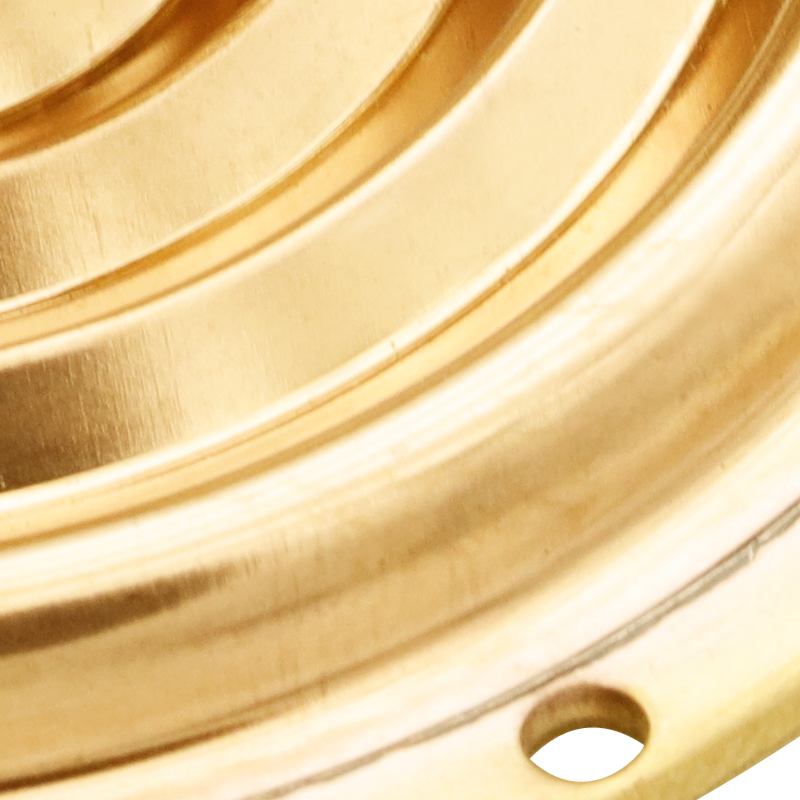
8 月 . 17, 2024 14:27 Back to list
Differential Pressure Gauge for Accurate Measurements in Various Applications
Understanding Below Differential Pressure Gauges An Essential Tool in Fluid Mechanics
Differential pressure gauges are vital instruments in the realm of fluid mechanics, serving to measure the pressure difference between two points in a system. Among the various types, below differential pressure gauges have garnered attention for their specific applications and benefits. This article delves into the functionality, applications, and importance of below differential pressure gauges while emphasizing their role in ensuring efficient operations in various industries.
What is a Below Differential Pressure Gauge?
A below differential pressure gauge is designed to measure the pressure differential where the measuring point is situated below a reference point. The gauge consists of two pressure ports; one connects to the higher pressure side of the system and the other to the lower pressure side. The device calculates the difference between the two pressure readings, providing operators with critical information regarding the pressure drop across a component, such as a filter, pump, or heat exchanger.
Applications of Below Differential Pressure Gauges
Below differential pressure gauges are widely used in various industries due to their ability to monitor and control system performance effectively. Some of the primary applications include
1. HVAC Systems In heating, ventilation, and air conditioning (HVAC) systems, these gauges help monitor airflow through filters and ducts. By measuring the pressure drop across air filters, technicians can determine when they need replacing, thereby ensuring optimal airflow and system efficiency.
2. Process Industries In industries like oil and gas, chemical manufacturing, and pharmaceuticals, maintaining the right pressure across systems is crucial. Below differential pressure gauges are employed to monitor pressure drops in pipelines, reactors, and distillation units, ensuring safe and efficient operations.
3. Water and Wastewater Management These gauges are essential in monitoring the performance of water treatment facilities. By assessing the pressure drop across various filtration and treatment stages, operators can ensure that the process runs smoothly and meets regulatory standards.
bellow differential pressure gauge jah

4. Industrial Machinery In machinery where fluid or gas flow is integral to operation, below differential pressure gauges can aid in monitoring performance and troubleshooting potential issues by providing insights into flow conditions.
Importance of Accurate Measurements
Accurate measurements from below differential pressure gauges significantly contribute to operational efficiency and safety. An accurate reading enables operators to
- Optimize Processes By knowing when to replace or clean filters or adjust flow rates, companies can ensure that processes operate within optimal conditions, reducing energy consumption and operational costs.
- Prevent Equipment Failure Many industrial failures can be attributed to unnoticed pressure drops indicating an underlying problem. Regular monitoring with differential pressure gauges helps identify these issues before they escalate, minimizing downtime and repair costs.
- Enhance Safety In industries dealing with hazardous materials, non-compliance with pressure standards can lead to accidents. Below differential pressure gauges ensure adherence to safety regulations by providing timely data in monitoring systems.
Conclusion
Below differential pressure gauges represent a crucial element in the toolkit of engineers and operators across various sectors. Their ability to provide real-time data on pressure differences enhances operational efficiency, safety, and reliability. As industries continue to evolve and prioritize automation and real-time monitoring, the significance of these instruments cannot be overstated. Investing in high-quality below differential pressure gauges not only aids in process optimization but also ensures adherence to safety standards, leading to more sustainable and efficient operations in the long run.
-
High-Precision 5 Valve Manifold Differential Pressure Gauge Suppliers
NewsApr.29,2025
-
High-Precision Diaphragm Vacuum Pressure Gauges Manufacturers & Quotes
NewsApr.29,2025
-
Omega Differential Pressure Gauges High Accuracy & Durability
NewsApr.28,2025
-
Low Pressure Differential Pressure Gauges Precision Solutions & Quotes
NewsApr.28,2025
-
Digital Diaphragm Pressure Gaauge Precision Measurement & OEM Quotes
NewsApr.28,2025
-
Differential Pressure Gauge China Price High-Accuracy & Best Quotes
NewsApr.28,2025
